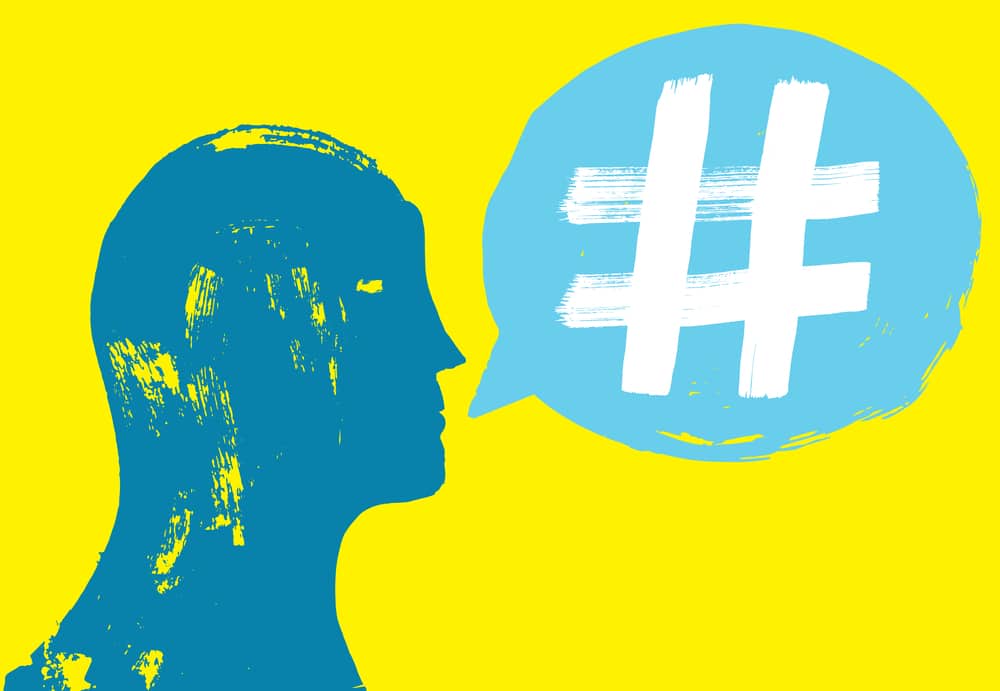Hashtags are an effective method of tagging content with specific topics or themes. These hashtags allow users to discover new content related to topics they are interested in. For example, if you were interested in content marketing, you would likely follow that hashtag (#contentmarketing) on social networks to curate content on that topic. From a content producer standpoint, choosing the right hashtag can take your business’s social media content from static to shareable. Hashtags can help businesses attract new customers and turn existing customers into loyal fans and brand ambassadors. Here are some tips for leveraging the power of hashtags for your business in 2020.
Exposure, engagement, and brand authority
Probably the most obvious and straightforward benefit of using hashtags is their innate ability to categorize your content and serve it to the individuals who have already expressed interest in that topic. How? Social media platforms, like LinkedIn and Twitter, allow users to follow specific hashtags. By following these hashtags, users are essentially curating content based on that interest. So regardless of whether that individual knows your business, if you tag an article with a hashtag that a particular user follows, he or she will have a greater chance of reviewing and interacting with that content. In contrast, without a hashtag, your content is limited to your current followers and connections. Think of it like whispering in a crowded room about your content (no hashtags) versus using a foghorn to share your article (hashtags). One will certainly give you more exposure!
Hashtags also increase engagement — such as likes, comments, shares, and followers. For example, Instagram posts with at least one hashtag receive an average of 70% more likes and 392% more comments. Twitter posts with hashtags see 50% more engagement than those without, and are 55% more likely to be retweeted.
And finally, and perhaps most importantly, hashtags increase brand authority. Think about it — the first step toward building your brand authority is gaining an audience. Hashtags drive exposure to your content. Once an individual finds your content, he or she will likely explore additional content, further engaging with your brand. By ensuring you have consistent, quality content, your visitors will soon view your brand as a source of helpful, relevant content. This goes a long way in gaining their trust and loyalty — and loyal customers are your best brand ambassadors.
How to research hashtags
Now that we’ve established the importance and effectiveness of hashtags, how do you know which ones to use? To answer this question, we first need to discuss the three types of hashtags you can and should use: industry, branded, and trending.
Industry hashtags use words and phrases that are important to your industry. For example, Starbucks may use #coffee or #coldbrew. Branded hashtags are those that you create for your brand or brand promotions. Redbull’s #PutACanOnIt and Lay’s #DoUsAFlavor are both good examples of branded hashtags. Trending hashtags are those that are popular at a particular time — such as the ALS Association’s #IceBucketChallenge of 2014.
Finding the most high-value industry and trending hashtags take a bit of research. Look at your competitors’ social media to see what hashtags they’re using. There are several hashtag research tools — both free and paid — that you can use, including:
When creating branded hashtags, there are a few things to keep in mind. First, keep it simple yet catchy: you’ll want to choose a hashtag that is easy to remember and spell. Second, make it unique so that people think of your brand when they see and use your hashtag. Third, make sure the hashtag’s not already taken, or you might be spreading the wrong message or advertising for another brand instead of your own.
How to use hashtags effectively
You should be using hashtags wherever your brand has a social media presence, including platforms like LinkedIn, Twitter, Facebook, Instagram, Pinterest, and YouTube. Add them to your business profiles and posts. Also, be sure to set your business social media accounts and profiles to “Public” so that your hashtags are searchable to the public, and not just your followers.
How many hashtags you use are just as important as what they say. But when it comes to an ideal number of hashtags, it really hinges on which platform you are using. For instance, research has shown that using more than one hashtag on Twitter actually decreases a post’s engagement. For Instagram, two to five hashtags are considered the sweet spot for brands. For Facebook, posts have one or two hashtags perform the best. And you should use no more than five hashtags on LinkedIn.
Here are a few more hashtag best practices:
- For hashtags with multiple words, capitalize each word for clarity and never use spaces or punctuation.
- Keep an eye out for trending hashtags in your industry and community and use them on your social media to stay relevant and to show your followers that your brand is staying on top of what’s happening in your field.
- When you find hashtags that work, use them again — and again!







